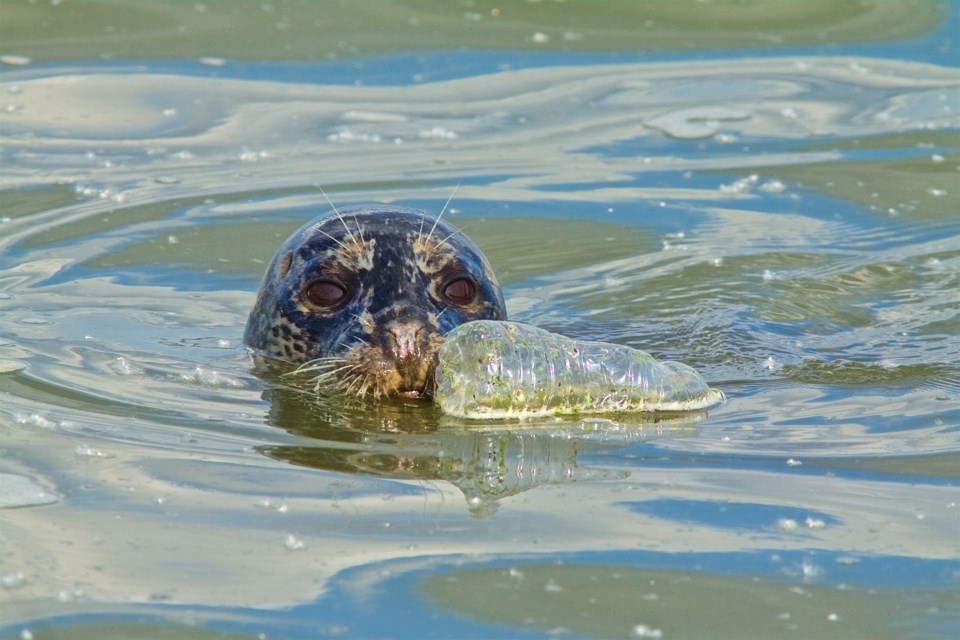OTTAWA — Canada is throwing its support behind a push for a global treaty that could do for plastic pollution what the Paris agreement is slowly doing for greenhouse gas emissions.
A resolution is set to be voted on Wednesday at the United Nations Environment Assembly meeting in Kenya, calling for a legally binding agreement to cut plastic waste by curbing demand and improving both the reuse and recycling of plastics.
The resolution is intended to kick-start a wider negotiation to develop a treaty that addresses plastic pollution from production and design right through to waste management. The hope is that it will be ready for signatures the next time UNEA meets in 2024.
Canada spent the last two months helping to facilitate efforts to draft that resolution and is now publicly backing calls to pass it swiftly.
Environment Minister Steven Guilbeault, who is attending the Nairobi talks virtually, said in a statement that "meaningful commitments" to tackle the plastic pollution problem are needed now.
"That's why Canada supports an ambitious, legally binding global agreement on plastics that takes into account the life cycle of plastic pollution," he said.
Less than one-tenth of global plastic waste is recycled, and another tenth is incinerated. The rest ends up in landfills or as pollution in nature. About 8.8 million tonnes — a garbage truck full every minute — ends up in the ocean, where it harms marine life.
Multiple whales washed up dead on beaches in recent years with stomachs full of plastic — bags, straws, water bottles, fishing lines and, in at least one case, a flip-flop.
Canadians produce about 3.3 million tonnes of plastic waste each year and less than one-tenth is recycled. About four per cent is incinerated, which is controversial because of the air pollution, including greenhouse gases, that it emits.
The vast majority — almost 2.9 million tonnes of plastic a year — ends up in Canadian landfills, or littered in lakes, rivers and oceans, scattered on beaches, or contaminating wetlands, forests and other natural environments.
Canada is already aiming for zero plastic waste by 2030, and by the end of this year intends to ban six single-use plastic items including straws, six-pack rings, stir sticks and plastic and Styrofoam takeout containers, grocery bags and cutlery.
It is also planning to mandate new standards requiring beverage containers to be made of 90 per cent recycled plastic and all other plastic packaging at least 50 per cent. A producer-pay program to force plastic producers to foot the bill for managing plastic waste is also planned.
Plastic producers are taking the government to court to challenge the planned plastics ban, arguing the government was wrong to declare plastics "toxic", which allowed for the ban under the Canadian Environmental Protection Act.
Sarah King, head of Greenpeace Canada's oceans and plastics campaign, said "our destructive take-make-waste" models mean the world can't manage its plastics waste. She said a plastics treaty could help create the targets needed to cut down on plastic production and waste.
"We really hope the treaty will require global governments to take a closer look at their zero plastic waste plans and strengthen them to focus on phasing out this fossil-fuel byproduct," she said.
She said Canada's international leadership toward this treaty is to be commended but that it needs to do more at home to give up on the "myth" that recycling works, and turn to a reuse and refill model instead.
This report by The Canadian Press was first published March 1, 2022.


